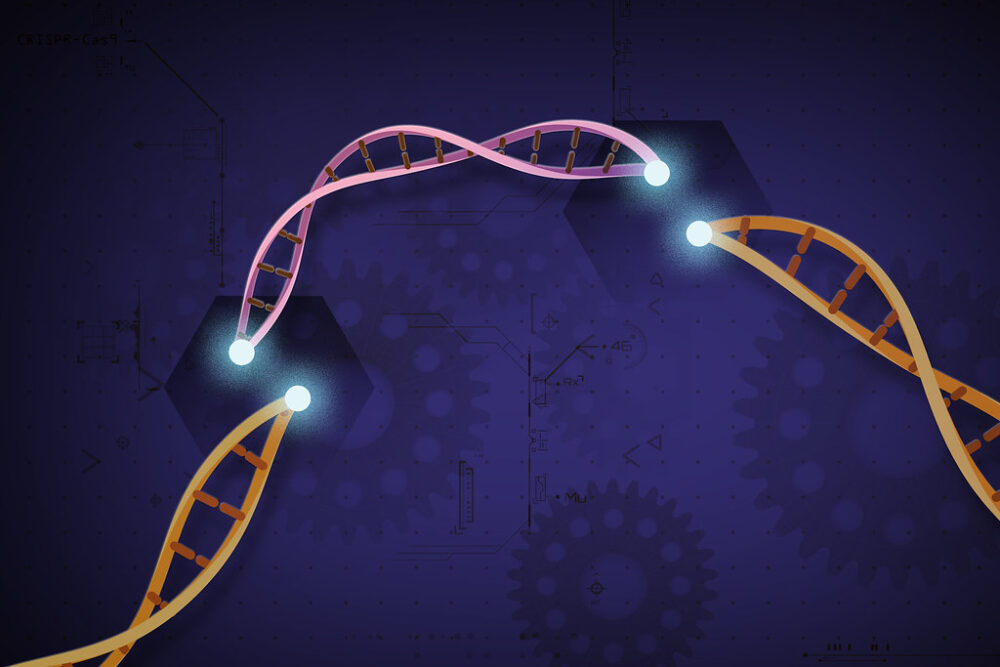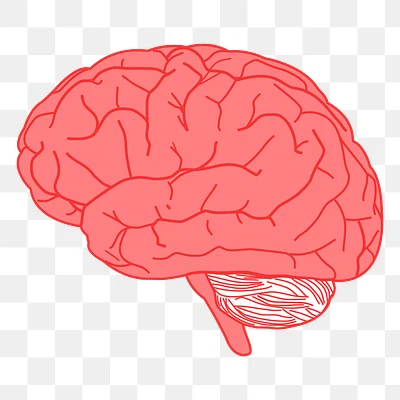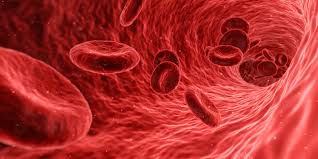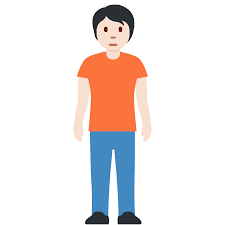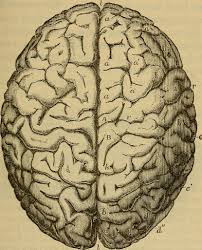COVID’s cardiac consequences
With new COVID-19 cases continuing to occur, scientists are paying more attention to a variety of short and long-term health effects of the virus. As of now, there are around 30 mutations of the latest variant of COVID-19, and more research is needed to understand the effects of each form. Long COVID-19 has been a […]
COVID’s cardiac consequences Read More »

